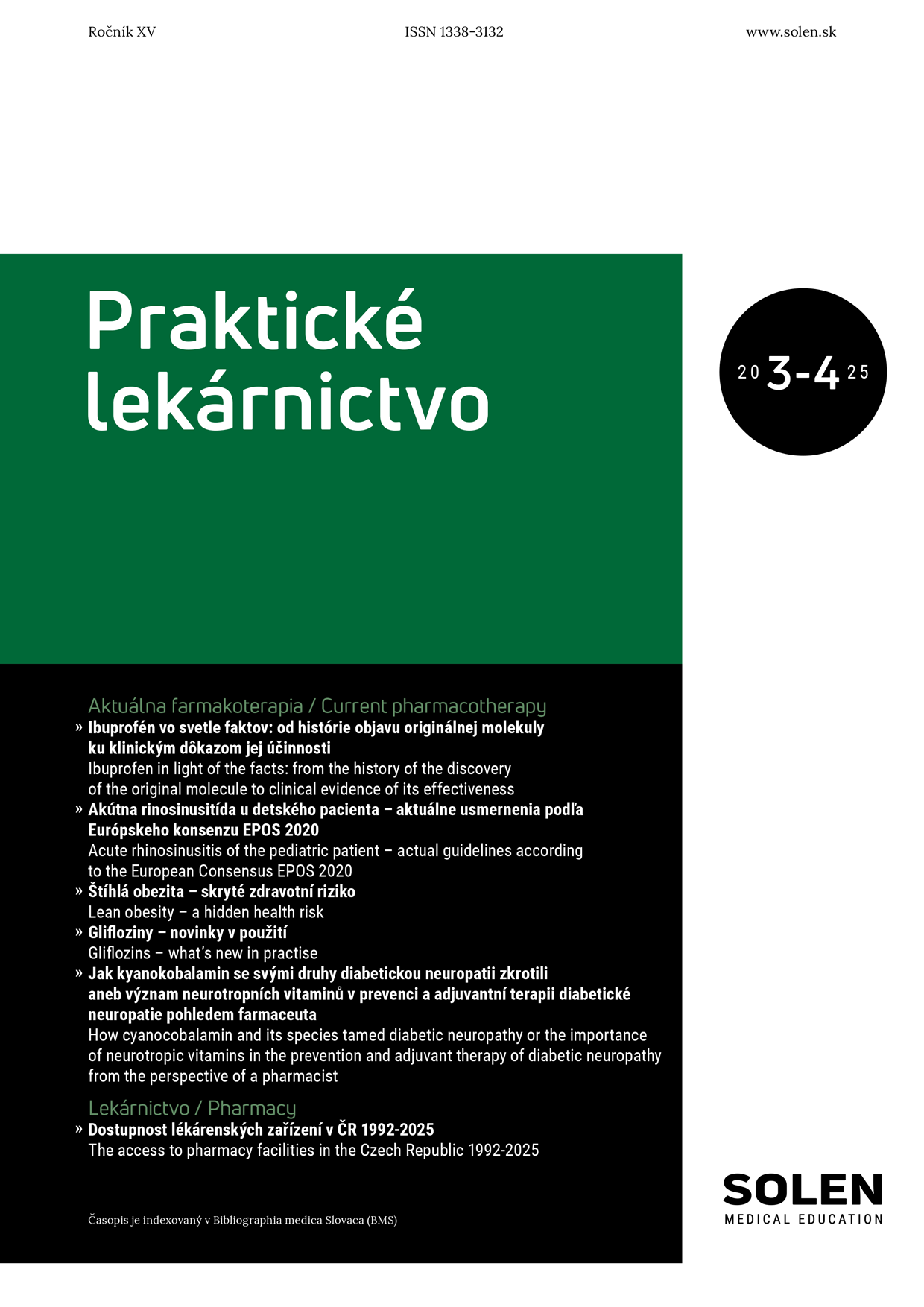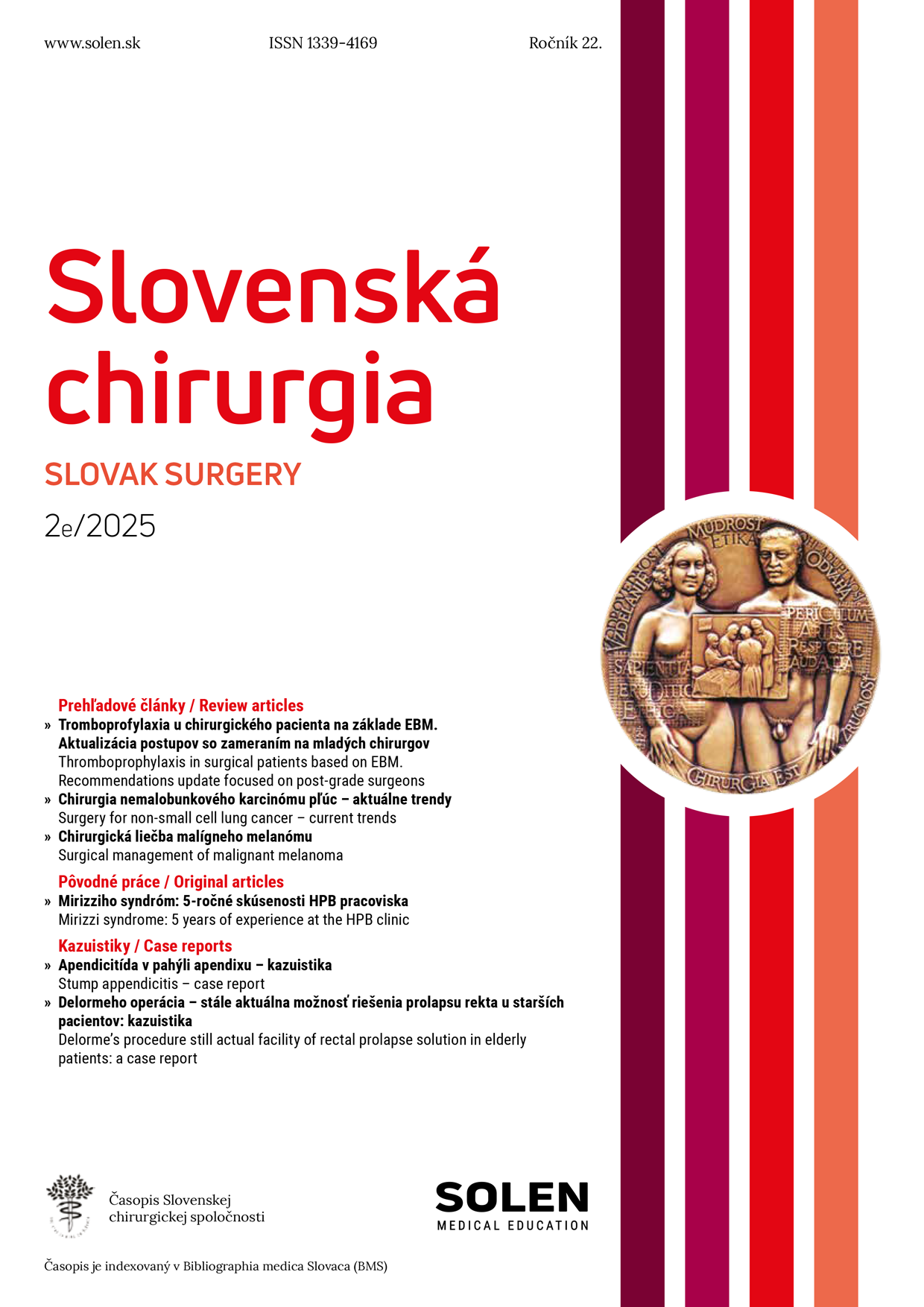Lekárska genetika a diagnostika 1/2024
Genetické pozadie porúch autistického spektra – kazuistika
RNDr. Silvia Lakatošová, PhD., Mgr. Gabriela Repiská, PhD., MUDr. Michaela Miklošovičová, Mgr. Mária Kopčíková, Mgr. Ivan Belica, PhD., MUDr. Mária Vidošovičová, RNDr. Lenka Wachsmannová, PhD., Mgr. Gabriela Krasňanská, prof. MUDr. Daniela Ostatníková, PhD., RNDr. Michal Konečný, PhD.
Úvod: Autizmus patrí medzi neurovývinové ochorenia s neobjasnenou etiológiou, pričom sa predpokladá veľký podiel genetických faktorov na manifestácii ochorenia. V Akademickom centre výskumu autizmu sme v spolupráci s Laboratórium genomickej medicíny, GHC GENETICS SK, uskutočnili pomocou prístupu celoexómového sekvenovania genetické vyšetrenie na prítomnosť kauzálnych DNA variantov u 13 detí s autizmom. Prípad: Šesťročné dievčatko s diagnózou porúch autistického spektra, intelektovým zaostávaním a hyperaktívnym syndrómom a bez somatofaciálnej dysmorfie bolo klinicko-geneticky vyšetrené v ambulancii lekárskej genetiky, Ústav lekárskej biológie, genetiky a klinickej genetiky Lekárskej fakulty Univerzity Komenského a Univerzitnej Nemocnice Bratislava. Výsledky genetických vyšetrení zahŕňali normálny karyotyp, negatívnu mikročipovú analýzu CNV variantov, zvýšenie počtu opakovaní trinukleotidov v promótore FMR1 génu, ktorá svedčí o plnej mutácii asociovanej s FRAX syndrómom. Analýza celoexómového sekvenovania poukázala na prítomnosť ôsmych zriedkavých DNA variantov v génoch, ktoré sú asociované s ochoreniami súvisiacimi s poruchami intelektu a/alebo autizmom, pričom boli klasifikované ako varianty s nejasným klinickým efektom. Záver: Genetická diagnostika v prípade prezentovanej kazuistiky prináša nejasný záver, ako to býva v pomerne vysokom percente detí s poruchou autistického spektra. V nami analyzovaných vzorkách sme len u 8 % zaznamenali kauzálny nález vysvetľujúci fenotyp PAS. Predpokladáme však, že kombinácia mikročipovej analýzy s metódou celoexómového sekvenovania, ako aj s optimalizáciou protokolu vyhodnotenia získaných dát, vzhľadom na najnovšie poznatky z databáz a literatúry môže prispieť k zvýšeniu záchytu kauzálnych variantov v prípade pacientov s autizmom.
Kľúčové slová: autizmus, genetická diagnostika, WES analýza, fenotypový filter variantov, zriedkavý variant
Genetic background of autism spectrum disorders – case report
Introduction: Autism is a neurodevelopmental disorder with unclear etiology, while a large share of genetic factors in the manifestation of the disease is assumed. At the Academic Center for Autism Research, in cooperation with Laboratory of Genomic Medicine, GHC GENETICS SK, we performed thirteen genetic diagnoses of children with autism using the whole-exome sequencing approach. Case: A six-year-old girl with a diagnosis of autism spectrum disorders, intellectual disability, and hyperactive syndrome and without somatofacial dysmorphic signs was clinically and genetically examined in the ambulance of medical genetic clinic, Institute of Medical Biology, Genetics and Clinical genetics, University Hospital Bratislava. Results of clinical-genetic examinations include a normal karyotype, negative microarray analysis of CNV variants, and an increase in the number of trinucleotide repeats in the FMR1 gene, which indicated a full mutation associated with FRAX syndrome. Whole-exome sequencing analysis revealed the presence of eight rare DNA variants in genes associated with diseases related to intellectual disabilities and/or autism, which were classified as variants with uncertain clinical effect. Conclusion: Genetic diagnosis in the presented case report leads to an unclear conclusion, as is the case in a relatively high percentage of children with autism spectrum disorders. In our set of 13 samples, we have detected a causal finding explaining the autism phenotype in only 8%. However, we assume that the combination of microarray analysis together with the approach of whole-exome sequencing as well as with the optimization of the protocol for the evaluation of the obtained data, concerning the latest knowledge from databases and literature, can contribute to increasing the detection of causal DNA variants in the case of patients with autism.
Keywords: autism, genetic diagnostics, WES analysis, phenotype variant filter, rare variant

















